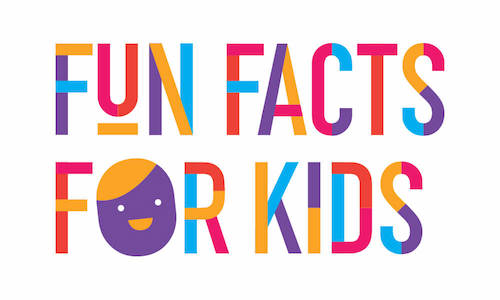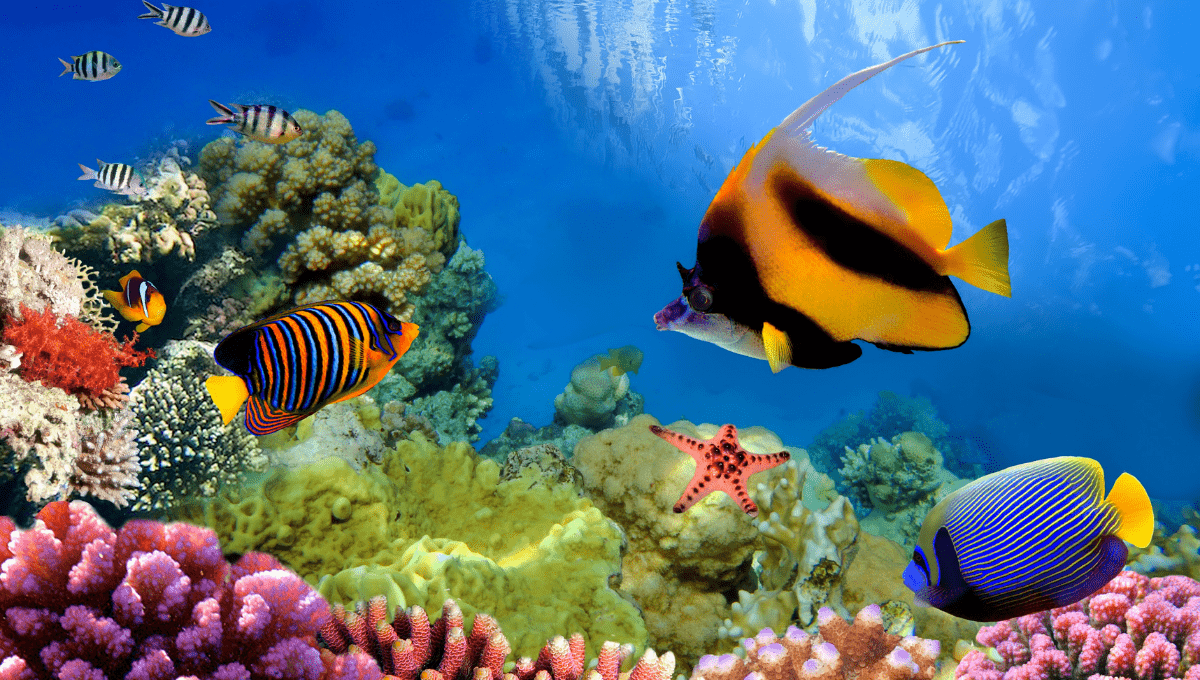If you are looking for information and Great Barrier Reef facts for kids you have found the best article!
Australia is famous for a number of beautiful places including beaches, places of interest and places of importance. The Great Barrier Reef fits into all of these categories.
In this article you will find interesting facts about the Great Barrier Reef along the coast of Queensland and we explain why it is so important. So, if you are talking about the Great Barrier Reef in school, or trying to find facts about the Great Barrier Reef for a fun project, this is a good place to start.
Great Barrier Reef acts for kids
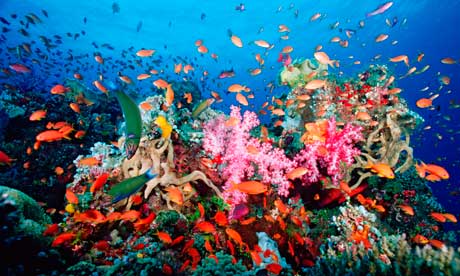
Some basic information about the Great Barrier Reef for kids:
- What is the Great Barrier Reef?
It is the world’s largest living coral reef located off the coast of northern Queensland in Australia. The Great Barrier Reef is over 2,300 kilometres long. It contains in excess of 3,000 different types of coral. There are many species of ocean creatures and living organisms who live and depend on the coral (approximately over 9,000). These creatures include sharks, turtles, dolphins, sea snakes, brightly coloured fish, dugongs, whales and crocodiles. The reef has been operational for some 600,000 years.
- What is coral?
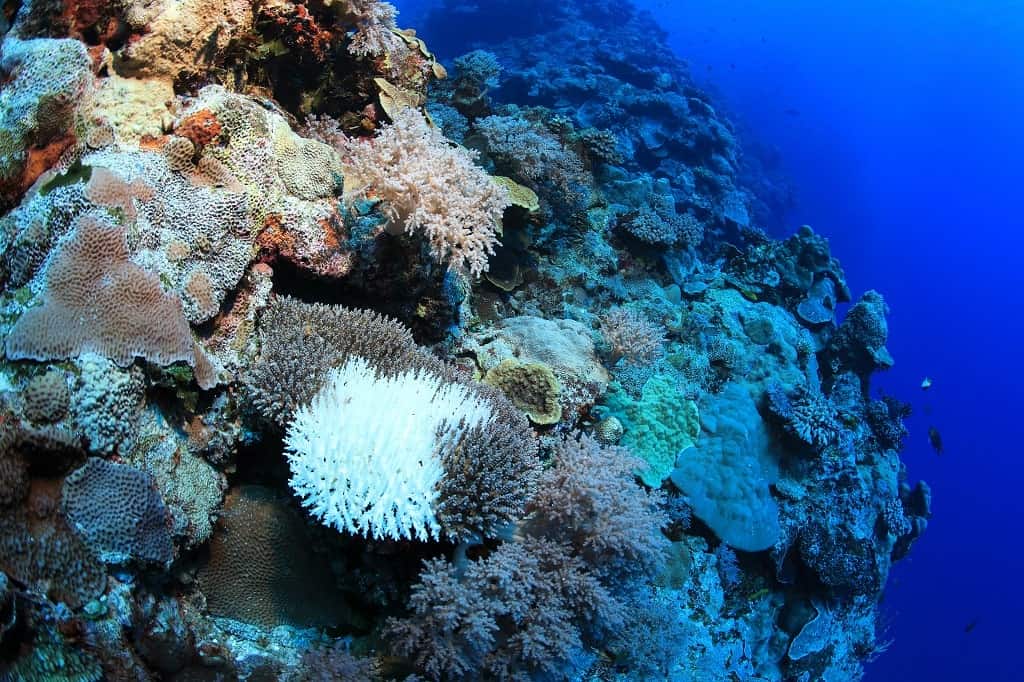
Coral is a substance that lots of small animals produce by working together to form a brightly coloured structure. A substance called ‘algae’ lives within the coral (it is what gives the coral its bright colours). Algae is a type of plant. It helps the coral by providing oxygen and food in order to survive.
- Wildlife at the Great Barrier Reef
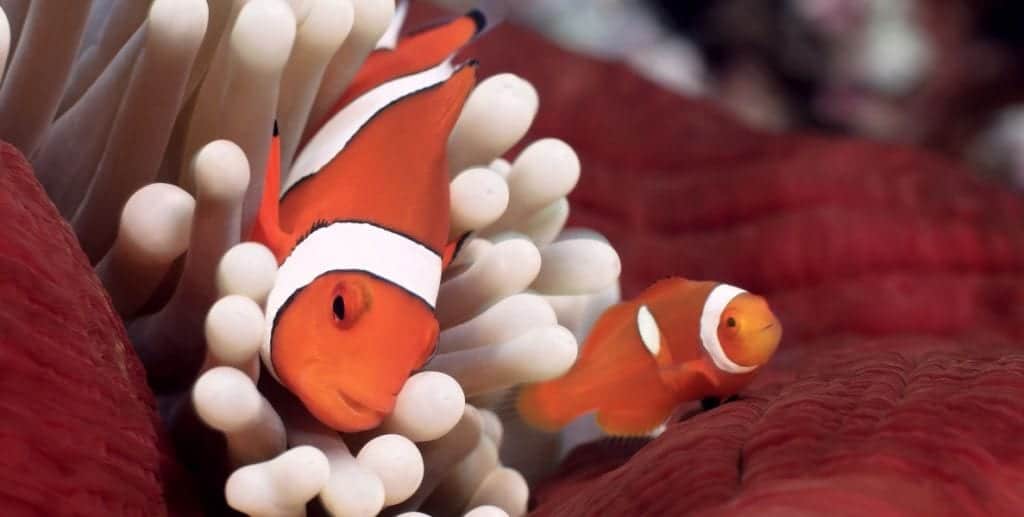
An abundance of wildlife exists here! It is thought that 10% of the world’s fish species can be found here! There are approximately 200 bird species, over 30 species of marine mammals, just under 900 species of algae, just under 150 different species of sharks and rays.
Other than wildlife, this massive area contains over 1,000 islands and just under 450 shipwrecks and over 30 aircraft wrecks!
- Why is the Great Barrier Reef so important?
The Great Barrier Reef is important for a number of reasons. The most obvious reason is the wildlife that live and depend on the reef from the food stuffs that it produces, to the various species that use the reef as its home.
The Reef is also important as it is a hugely popular tourist destination. This generates approximately $6 billion dollars for Australia with roughly 2 million visitors dropping in each year.
Coral itself has filtering properties. This means that it takes out the impurities found within the ocean. Coral also helps recycle carbon dioxide. This substance is what we naturally breathe out. We breathe in oxygen and breathe out carbon dioxide. In itself this will not cause harm, but in large concentrations it can be problematic to our health. Coral reefs help with recycling carbon dioxide which in turns keeps our planet safe.
- Who looks after the Great Barrier Reef?
The Great Barrier Reef, managed by the Great Barrier Reef Marine Park Authority and has been a marine park since 1975. It is also managed by the Queensland Parks and Wildlife Service. There are many ongoing projects that the Marine Park Authority look after. Included in these are: Green Turtle Research Project, education, welcoming visitors to the region and plans for future years on how to best manage and protect the area.
If you would like some stickers of sea creatures to embellish your school project, click here.
UNESCO Heritage site

The long name is ‘United Nations Educational, Scientific and Cultural Organisation’ (UNESCO). This group was set up back in 1978. The idea of setting up this group was to protect important sites/areas around the world (‘world heritage sites’). The Great Barrier Reef is one of over 1,000 properties listed as a ‘world heritage site’. The Great Barrier Reef is also known as one of the seven natural wonders of the world.
21 members make up UNESCO and elected by member states.
The Great Barrier Reef became listed with UNESCO back in 1981. They regularly report on the condition of the reef and provide education and research into some of the systems living within the region.
The site is not currently listed as ‘endangered’ following a request from Australia in recent times. This, in turn, allows Australia to look at how they can best look after the area themselves without the help or intervention of external organisations.
Activities at the Great Barrier Reef

As mentioned, the area is host to many tourists who flock to see and experience this beautiful region. There are any number of activities that tourists can take part in. This includes: travelling in glass-bottomed boats – allowing passengers to see some of the beautiful coral and brightly coloured marine life; diving and snorkelling; visiting shipwrecks in the area; visiting one of the many little islands; helicopter rides over the reef; there are even pontoons (structures built over the top of the reef), where you can sleep, eat and enjoy the onboard activities.
Fun facts about the Great Barrier Reef
- The Great Barrier Reef is so large you can see it when in space.
- Climate change is thought to be the biggest threat to the region.
- A number of different species of sea snake live around the Great Barrier Reef.
- A large part of the reef has been the victim of coral bleaching due to ocean warming (climate change).
- Another threat to the region is pollution.
- Tiny creatures called ‘polyps’ help form coral. These are so small, about the size of a grain of rice or sand.
- The Great Barrier Reef is a living organism.
- It is is approximately the same size as Japan (a whole country!).
- The Great Barrier Reef is larger than the UK, Switzerland and Holland combined.
- Approximately 100 species of jellyfish live here!
- You can view the Great Barrier Reef via Google using Street View!.
- Over-fishing in the area has caused concern for some species of fish.
- There are around 40 different species of sea anemones.
- Approximately 30% of Australia’s sponge species are located in the Great Barrier Reef.
- The average depth of the reef is 35 metres within its inshore waters.
- Outside of inshore waters, known recorded depths of up to 2,000 metres.
- There are approximately 64,000 jobs in and around the Great Barrier Reef.
How can we help the Great Barrier Reef?
The Great Barrier Reef fun facts for kids is a great way to learn about this stunningly beautiful area. Even though the area has been around for thousands of years, it is clear that the region needs continual help. So, what can we do?
We highly recommend a visit to the Great Barrier Reef. Every visitor has to pay an Environmental Management Charge which is put towards the management of the region. Education is always key to helping. Understanding climate change and pollution and how this affects the reef will help in some small way.
If you wish to be more hands on, there are organisations that provide a way to donate much needed funds. You can ‘adopt a coral’; adopt a turtle; watch online information videos about the region to get a better understanding and donate to many ongoing projects.
To learn even more about the Great barrier Reef in Australia, check out this range of kids books.
More facts for kids
If you have enjoyed these kids facts about the Great Barrier Reef, and you are looking for more great facts for kids to help with projects, check out our articles:
Places facts for kids
- Fact about England for Kids
- Facts about Queensland for Kids
- Facts about NSW for Kids
- Facts about Australia Day for Kids
- Facts about USA for Kids
- Facts about Mexico for Kids
- Facts about Cuba for Kids
- Facts about Popular Sports in Australia for Kids
- Facts about New Zealand for Kids
- Facts about Canada for Kids
- Antarctica Facts for Kids
- Australia Facts for Kids
- China Facts for Kids
- Asia Facts for Kids
- Hawaii Facts for Kids
